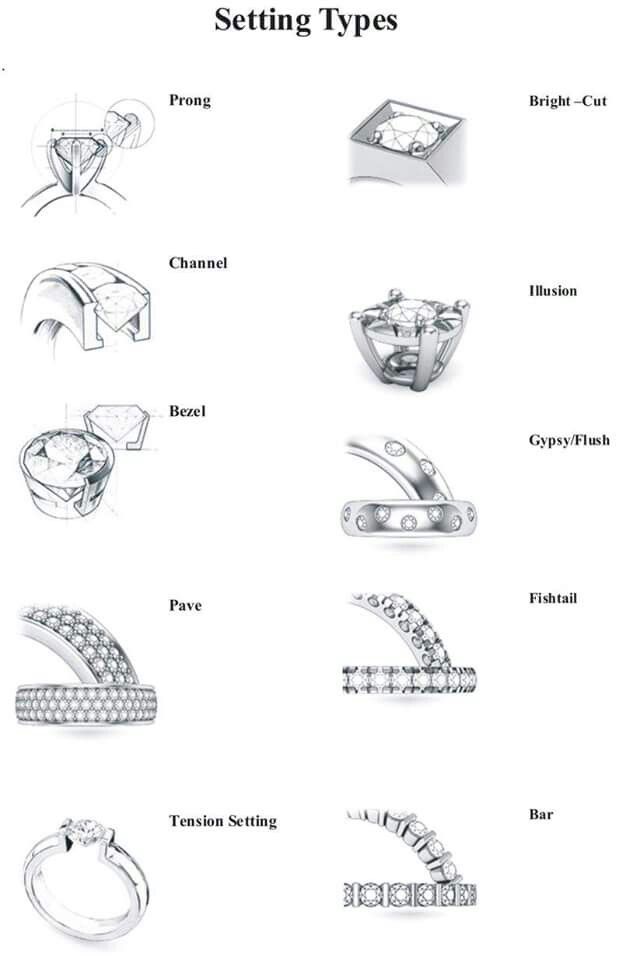Views: 0 Author: Site Editor Publish Time: 2024-04-28 Origin: Site









Jewelry Setting Guide: Prong, Channel, Bezel, Pave, Tension, and More!

When it comes to jewelry, the setting plays a crucial role in enhancing its beauty and durability. Let's explore some popular setting techniques:
1️⃣ Prong Setting: This classic technique uses metal prongs to secure gemstones, allowing maximum light exposure for brilliant sparkle.
2️⃣ Channel Setting: Ideal for showcasing a row of gemstones, this setting creates a sleek and modern look by placing stones within a metal channel.
3️⃣ Bezel Setting: Known for its secure hold, this setting encircles the gemstone with a metal rim, offering protection and a contemporary style.
4️⃣ Pave Setting: Tiny gemstones are closely set and secured with small prongs, resulting in a surface paved with dazzling brilliance.
5️⃣ Tension Setting: Modern and minimalist, this setting uses metal tension to hold the gemstone securely in place, creating a unique floating effect.
6️⃣ Bright-Cut Setting: A decorative technique where metal is cut and folded over the gemstone, providing a reflective border and added brilliance.
7️⃣ Illusion Setting: By using metalwork and clever placement, this setting creates the illusion of a larger gemstone, adding drama and impact.
8️⃣ Gypsy/Flush Setting: The gemstone is embedded within the metal, creating a smooth and flush surface, perfect for a sleek and understated look.
9️⃣ Fishtail Setting: This vintage-inspired technique features metalwork resembling a fishtail, securely holding the gemstone while adding intricate detail.
Bar Setting: Vertical metal bars hold gemstones in place, creating a clean and contemporary aesthetic, often used for accent stones.
Each setting technique offers a unique style and functionality. Whether you prefer classic elegance or modern flair, choosing the right setting can elevate your jewelry to new heights.
Which setting technique catches your eye? Share your thoughts and preferences in the comments below!